We've taken a look at two successful repair attempts recently, a dead RTX 5090 and a dead RX 7800 XT being revived from the silicon grave. However, it's equally important to see the other side of the coin — what happens when the repair doesn't go right? What if the card is fated beyond a fix? That's what occurred with Northwest Repair's latest job, where a specially endowed RTX 4090 turned out to be more deeply dead-and-buried than initially imagined.
A heavily modified RTX 4090 with a rare 48GB memory PCB showed up on Tony's bench, courtesy of a customer who’d already tried fixing it themselves with a brutal 21-volt, 21-amp voltage injection. Spoiler alert: it didn’t end well. This wasn’t a standard card either, this custom PCB had double the memory of a standard RTX 4090 but came with all the risks of poor cooling and cheap power components. Tony later called 48GB cards unreliable, due to the events that unfold.
Taking it apart, the first thing that jumped out was the terrible cooling on the back memory chips — held in place by a flimsy bracket that did little to keep temperatures in check. The fan cables were pinched, which screamed careless handling or some rushed, rough repair attempts before. Testing with a multimeter revealed a dead short on the 12-volt power rail and the 1.8 and 1.2-volt memory rails. Basically, this board was cooked (literally).
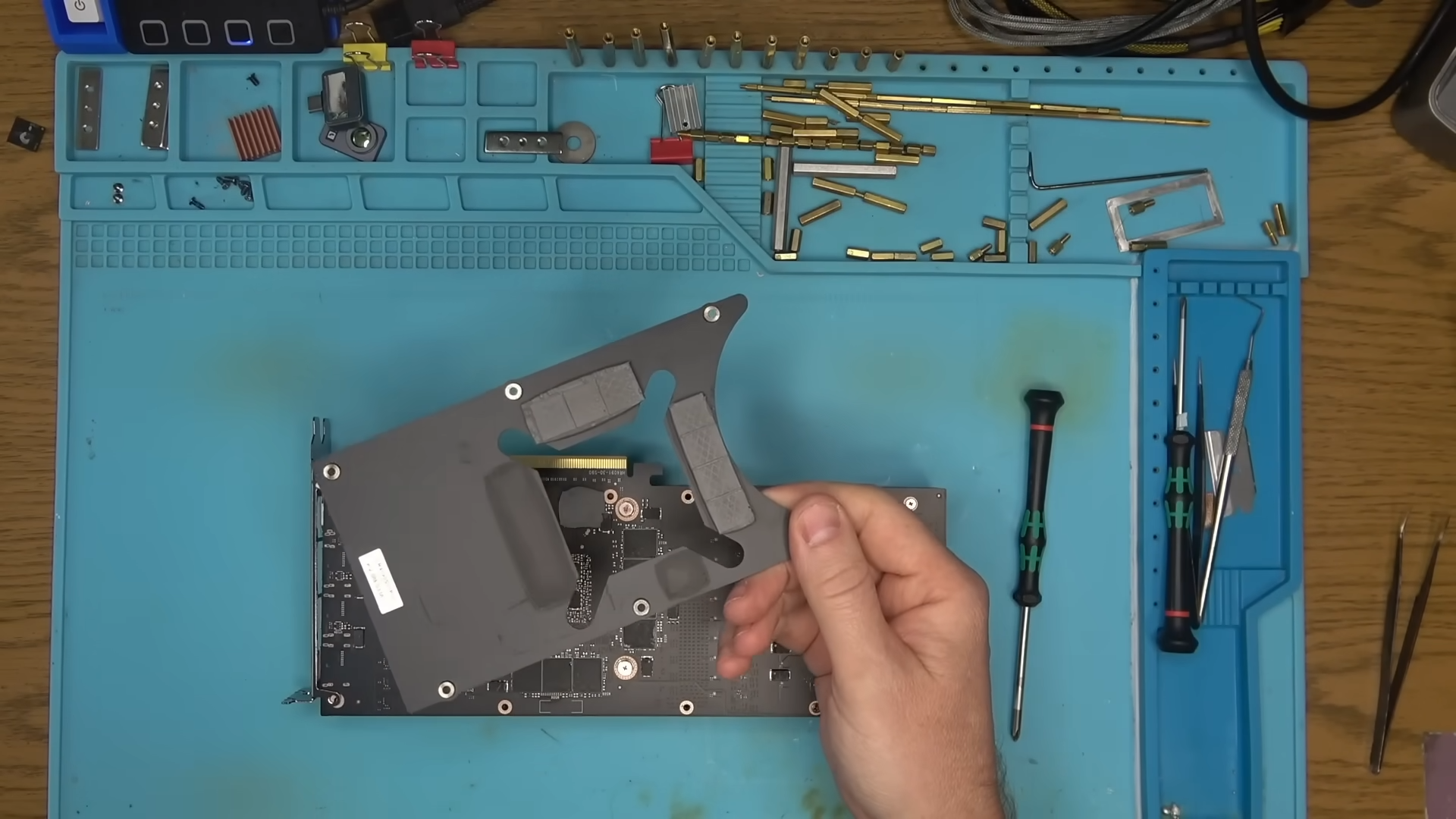
Thermal imaging and a cautious, low-voltage injection painted a clearer picture, since one memory chip literally glowed under power—a dead giveaway it was fried. The GPU core itself showed hot spots, meaning internal shorts were present there too. Some more probing by the technician revealed the real culprit, which was a failed driver MOSFET in the buck converter. Instead of stepping down 12 volts to the lower memory voltages, it had shorted and shoved the full 12 volts directly into the memory, roasting multiple chips and damaging the core.
Removing the faulty MOSFET cleared the 12-volt short, but the memory rail stayed shorted. Desoldering a couple of memory chips didn’t help either, as more were dead, and the core was probably shot too. Further voltage injection confirmed the worst, that the card was beyond repair.
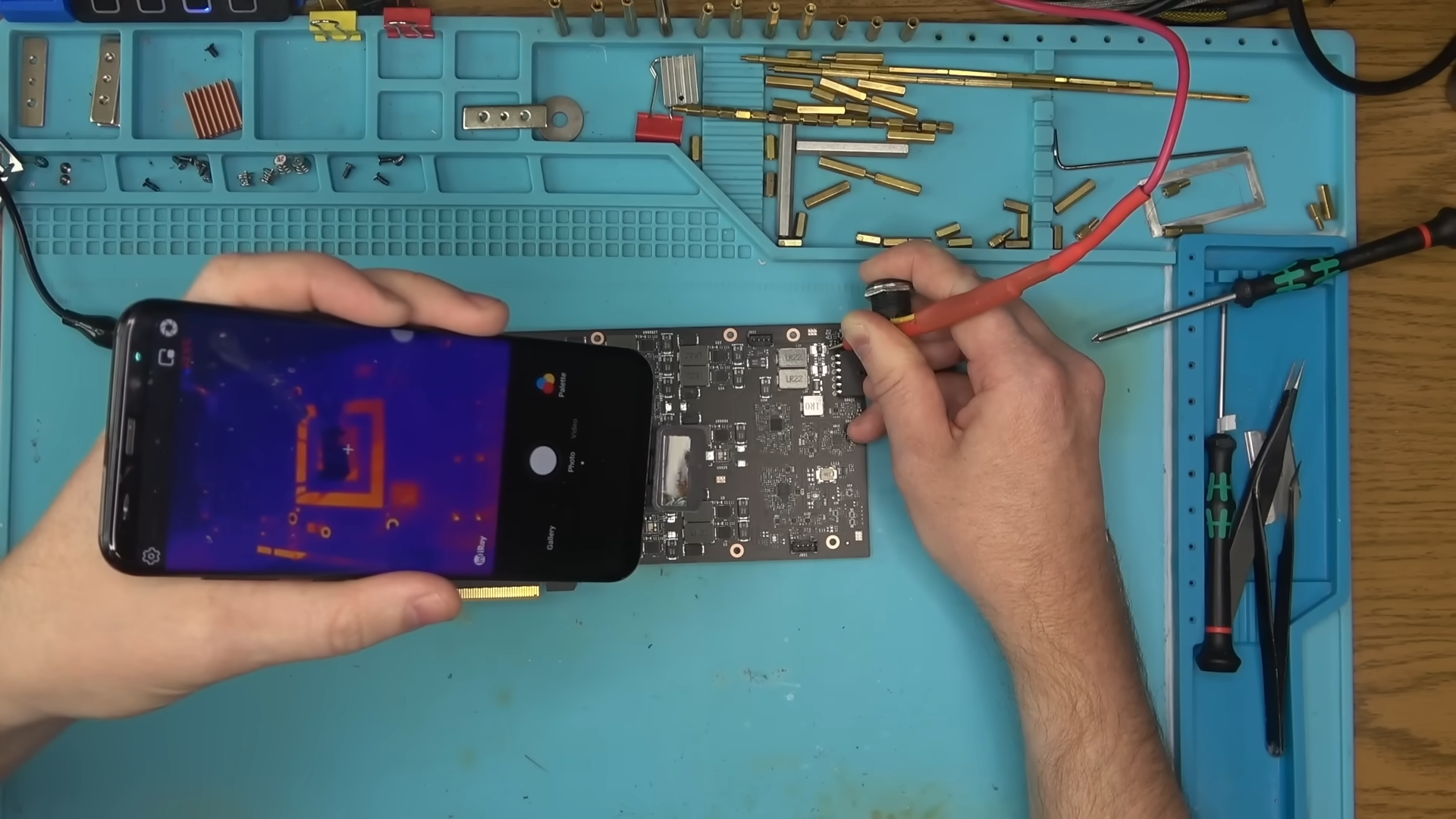
In a healthy graphics card, power from the PCIe slot and connectors first passes through a set of MOSFETs and inductors that step the voltage down to safe levels for each part of the board—lower voltages for memory, different rails for the GPU core. The GPU core then processes data from your PC and sends instructions to the memory chips, which store and feed back the needed textures, frames, and compute data in real time. If a MOSFET fails, that delicate balance collapses, sending raw 12 volts directly into components designed for just 1 or 1.8 volts can instantly destroy them.
In the end, this card was a goner. Fixing it would mean replacing the MOSFET, multiple memory chips, and the GPU core—a project only feasible in specialized labs, with a price tag close to a brand-new card. This was a cautionary tale about the dangers of high-voltage injections and custom mods with subpar components. At best, it’s a parts donor, an expensive lesson on why pushing hardware beyond its limits rarely pays off.
Usually, we only cover repair jobs that end up triumphant, but this serves as a cautionary tale on when to stop. The card would've been resuscitated had it not been subjected to such extreme modifications. The reheating cycles probably warped the PCB beyond repair even more, completely destroying any chance of PEX. It's important to remember that tinkering with expensive components comes at more than just the base cost of the hardware itself, potentially.
Follow Tom's Hardware on Google News to get our up-to-date news, analysis, and reviews in your feeds. Make sure to click the Follow button.

 3 months ago
13
3 months ago
13
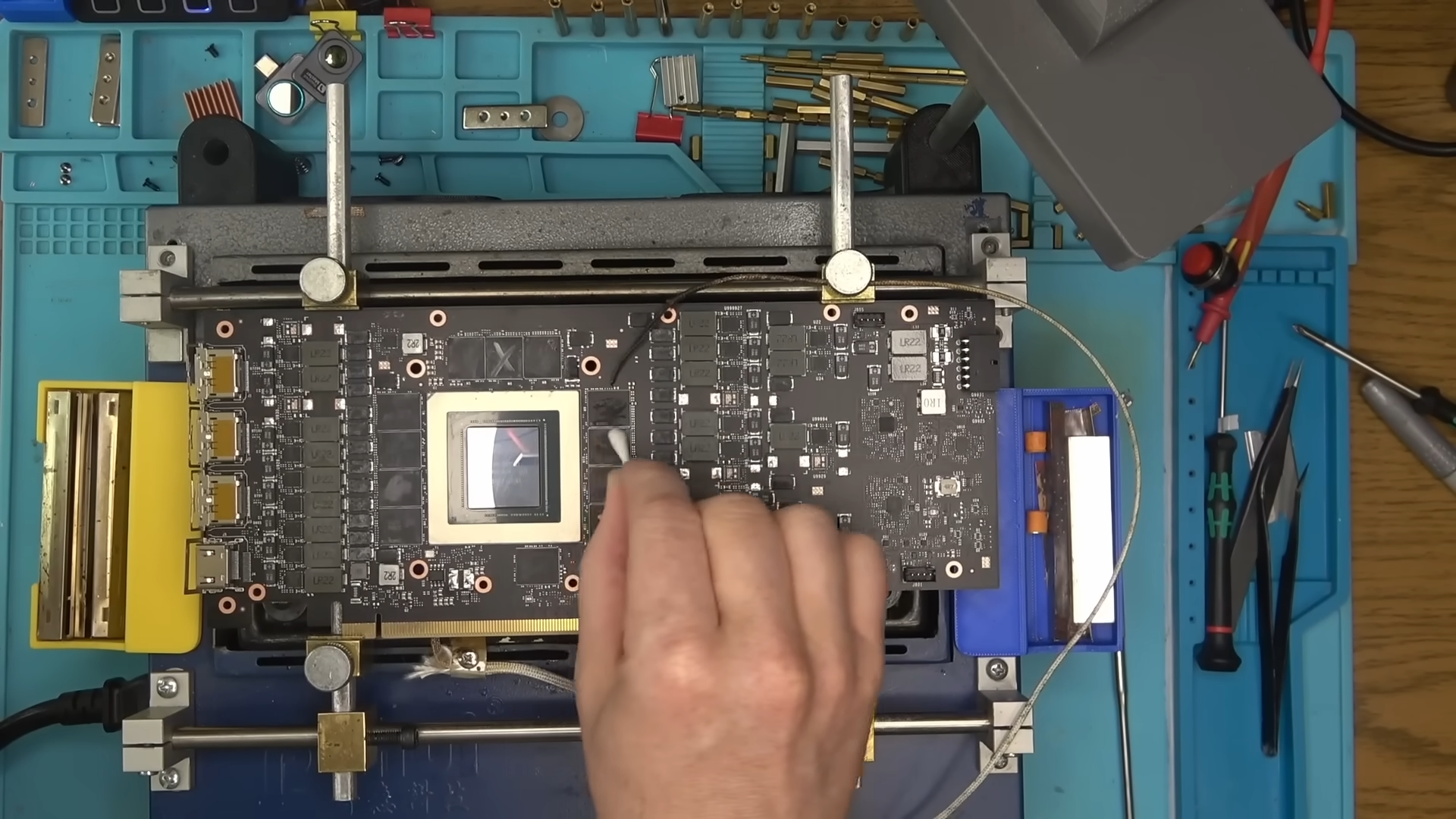

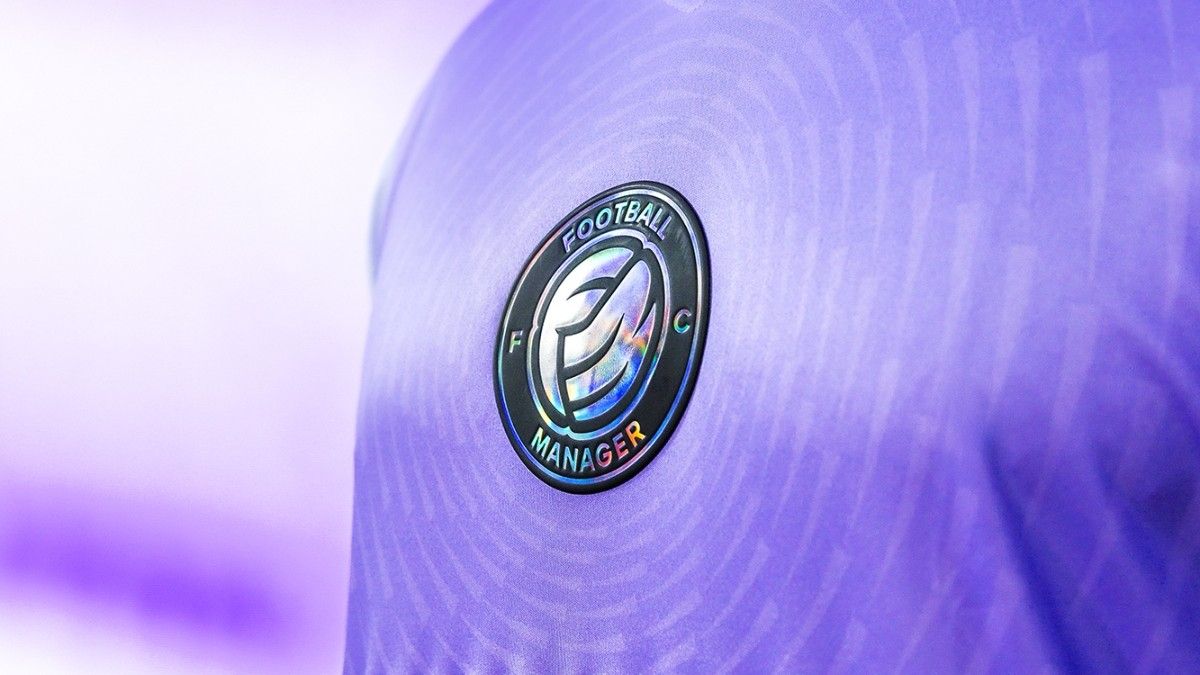
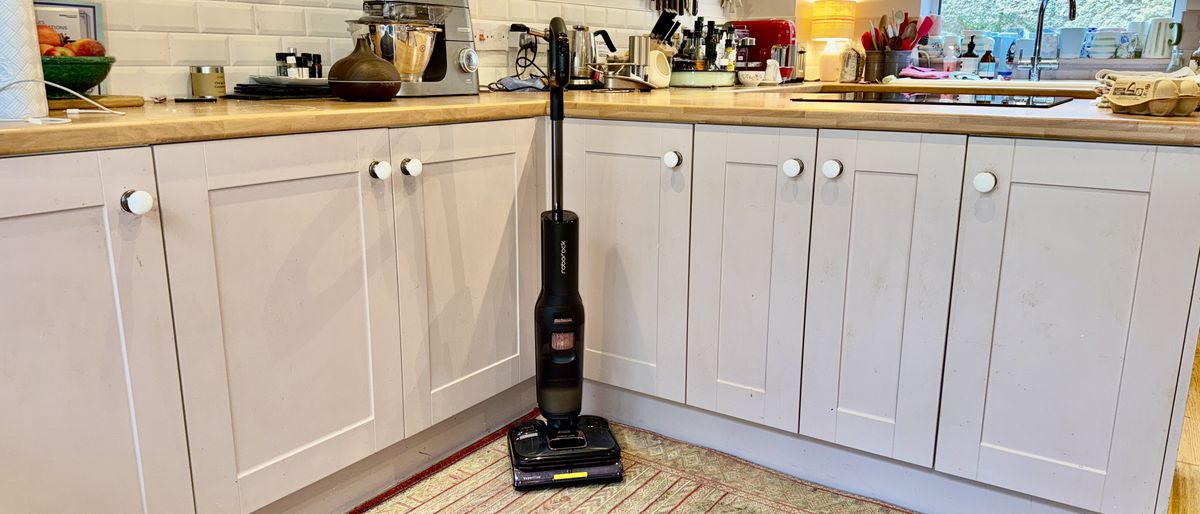






 English (US) ·
English (US) ·